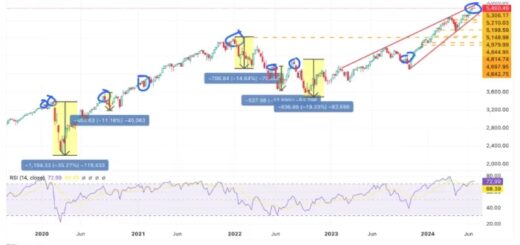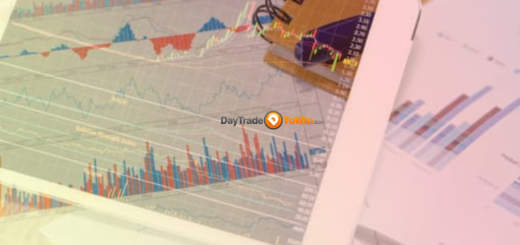Navigating ‘S&P 500 Envy’: Balancing Your Portfolio in a Bull Market
When stocks are climbing and bonds are lagging, it can be difficult to convince investors of the importance of diversification. With the S&P 500 up nearly 12% year-to-date in mid-May and the Dow Jones Industrial Average reaching 40,000, many investors experience “S&P 500 Envy,” comparing their returns to these impressive benchmarks.
In recent years, when both stocks and bonds were down, this wasn’t as much of an issue. However, similar conditions in 2018 also sparked “S&P 500 Envy.” BlackRock addressed this by creating a presentation for financial advisors to show that despite sometimes lower short-term returns, diversified portfolios often perform better over the long run.
An updated graphic from 2023 illustrates that during years like 2000-2002, 2008, 2020, and 2022, when the S&P was down, diversified portfolios lost less. Conversely, from 2009-2019 and in 2023, when the S&P rose significantly, diversified portfolios grew slightly less. Over time, however, these portfolios outperformed the S&P, proving that “diversification can work, even when it feels like it’s losing.”
Nicholas Olesen from Kathmere Capital Management highlights that advising clients on diversification is tougher when the S&P performs well over a long period. He addresses “recency bias,” the tendency to believe that recent trends will continue indefinitely. This bias can lead investors to abandon their diversified portfolios in favor of the booming S&P, only to suffer during downturns.
Olesen argues that a mix of investment types is best for the long term, hedging against economic fluctuations. He explains that diversification isn’t about having the top-performing portfolio right now but achieving long-term financial goals. Ross Haycock from Summit Wealth Group echoes this sentiment, reminding clients not to “put all your eggs in one basket.”
When investors shy away from diversification, they’re often avoiding bonds due to recent poor performance. However, they overlook the consistent, guaranteed yields bonds provide. Despite short-term market value fluctuations, holding bonds to maturity ensures they retain their value and generate income.
This “statement shock” from seeing lower short-term returns compared to the S&P can drive emotional decisions. Advisors stress the importance of focusing on long-term, time-weighted returns and sticking to a well-considered investment plan, rather than reacting to daily market changes.
In summary, while the allure of high stock returns is strong, maintaining a diversified portfolio is crucial for long-term financial health, helping to mitigate risks and smooth out the ups and downs of the market.




